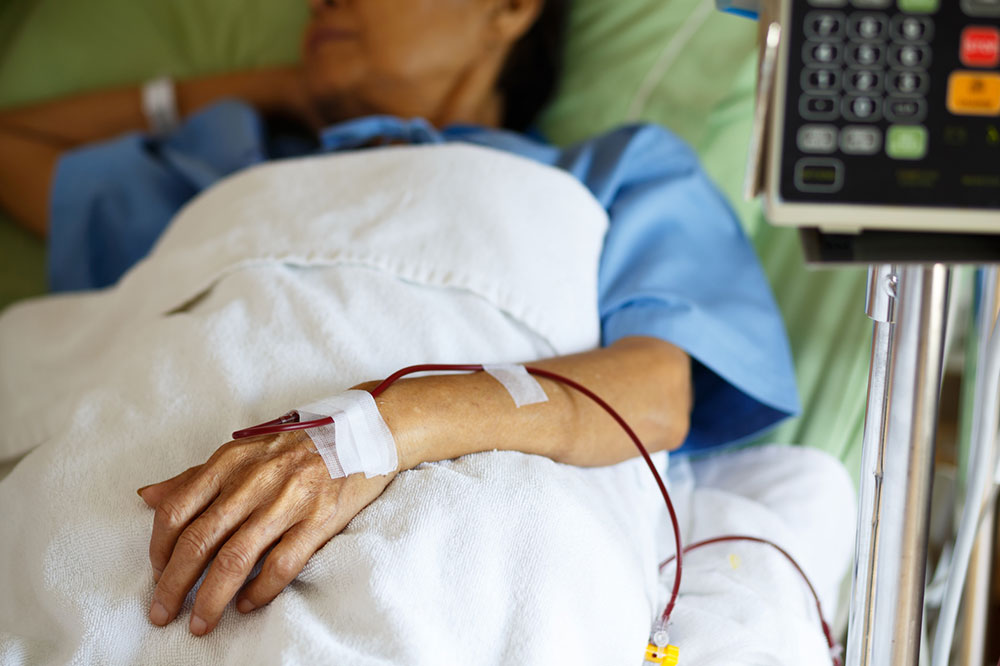
Types and Early Signs of Anemia
In anemia, the body does not have sufficient red blood cells (RBCs) to transport the necessary quantity of oxygen to body tissues. The body continually feels drained and weak. Read on to know the rare types and early signs of anemia.
Rare types of anemia
- Aplastic Anemia
In aplastic anemia, the bone marrow’s stem cells are damaged, hampering the production of healthy blood cells. It is either a condition one is born with or acquires via genes from parents. Of these, the latter is more prevalent, but at times it is only temporary.
- Sideroblastic Anemia
In sideroblastic anemia, the body cannot utilize iron to produce hemoglobin (Hb). Hb is a protein that transports the oxygen in the body via the blood, preventing excessive iron buildup in the body. Therefore, one might experience the development of abnormal RBCs known as sideroblasts. Typically, there are two types of sideroblastic anemia acquired anemia and anemia developed due to exposure to drugs or chemicals.
- Myelodysplastic Syndromes (MDS)
It develops when the bone marrow is unable to produce adequate healthy blood cells. In some cases, people are born with a gene, which leads to MDS. It is a type of cancer and may be passed on to the child from both parents.
- Autoimmune Hemolytic Anemia
It develops when the immune system attacks or destroys RBCs faster than the blood cells produce them. One may develop this type of anemia if they have an autoimmune disorder, such as lupus.
- Congenital Dyserythropoietic Anemia (CDA)
It is a cluster of inherited anemia, which lower the number of healthy RBCs in the body. CDA is also a genetic disorder and is of three different types – Type 1, 2, and 3. Of these, Type 1 is the most prevalent, and type 3 is the rarest.
- Diamond-Blackfan Anemia
This type of anemia develops because of changes in genes. In this, the bone marrow does not produce adequate RBCs.
- Megaloblastic Anemia
In people with this type of anemia, the bone marrow produces abnormally structured RBCs, either too young or too large. Since they are not healthy or mature, they are unable to carry oxygen through the body.
- Fanconi Anemia
Here, the bone marrow produces fewer blood cells. It is hereditary and passed down in families via a gene mutation.
Early signs of anemia
Following are the early signs of anemia:
- Unusual tiredness
- Paleness
- Breathlessness
- Dizziness and headaches
- Heart palpitations
- Damaged or dry hair
- Dry or damaged skin
- Soreness and swelling of the mouth and tongue
- Restless legs
- Spoon-shaped or brittle fingers
- Frequent infections
- Cold hands and feets
- Anxiety
- Strange cravings



